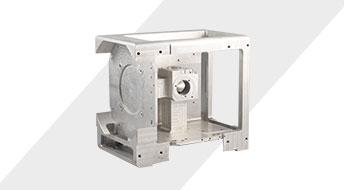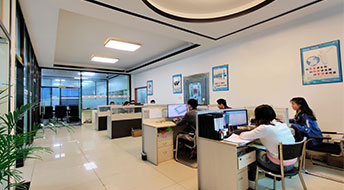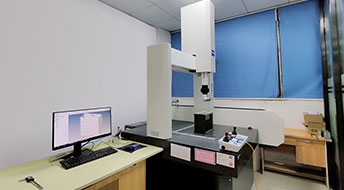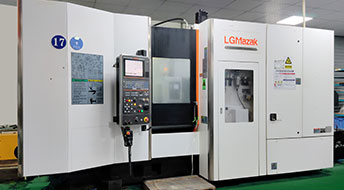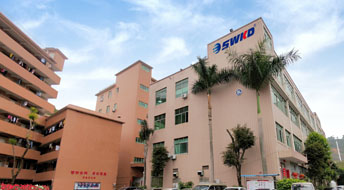Comparison of the advantages and disadvantages of linear rail and hard rail
What we have known for a long time is this: If a general machining center is used to make products, we choose linear rails, and if it is for processing molds, then we prefer hard rails. The accuracy of linear rails is higher than hard rails, but the hard rails are more durable.
. The advantages of hard rail:
1. It can withstand larger loads and is suitable for roughing machine tools with large tool volume and large feed.
2. Because of the large contact area of the guide rail, the machine tool runs more smoothly, which is suitable for machine tools with high requirements for machine vibration, such as grinders.
Disadvantages of hard rail:
1. The material is not uniform, because generally casting molding has an adverse effect on the service life of the guide rail and the accuracy of the machine tool. 2. The processing is difficult to control, resulting in the processing quality of the parts not meeting the requirements of assembly. 3. Assembling is difficult and requires a relative quantity of technology and assembly workers who are quite sure of the overall accuracy of the machine tool to complete it. It also needs to be equipped with corresponding tools to complete it. 4. The service life is short. This can only be relative. Under the same maintenance and use conditions, the service life of the common hard rail is less than the service life of the linear rail. 5. The maintenance cost is high. The maintenance of the hard rail both the difficulty and the maintenance cost are far greater than the maintenance of the linear rail. 6. The running speed of the machine tool is low. The hard rail usually cannot withstand the excessively fast running speed because of its movement mode and excessive friction. It is contrary to the current processing concept to a certain extent. The maintenance of the machine tool track is the top priority. Once the track is not sufficiently lubricated, it will cause the track to burn or wear out, which is fatal to the accuracy of the machine tool.
The advantages of linear rail
1. The assembly is convenient and simple, and high-quality assembly can be completed with a little training. 2. There is a large choice, whether it is from the structure of the linear rail or the precision level, the lubrication method or the load-bearing capacity, the processing method to the running speed and other parameters. 3. The running speed is fast. Now many machine tools are running very fast. , Especially the idle speed greatly improves the processing efficiency and processing accuracy. 4. High processing accuracy. Most of the machine tools in the finishing field use high-precision linear rails as the machine tool guide rails, which also greatly guarantees the machining accuracy of the machine tools. 5. Long service life because the linear rails are operated by rolling Whether friction is transmission efficiency or service life, linear rails are much more ideal than hard rails. 6. Low maintenance cost. Linear rail has its natural advantages and convenience in terms of maintenance cost and convenience. 7. Short delivery cycle.
The shortcomings of the linear rail
1. The carrying capacity is relatively small, which is only for the hard rail 2. The stability is relatively weak compared to the hard rail, such as the ability to resist vibration, etc. 3. The transportation and assembly process need pay special attention to the protection of the line rail, which is more susceptible to damage


